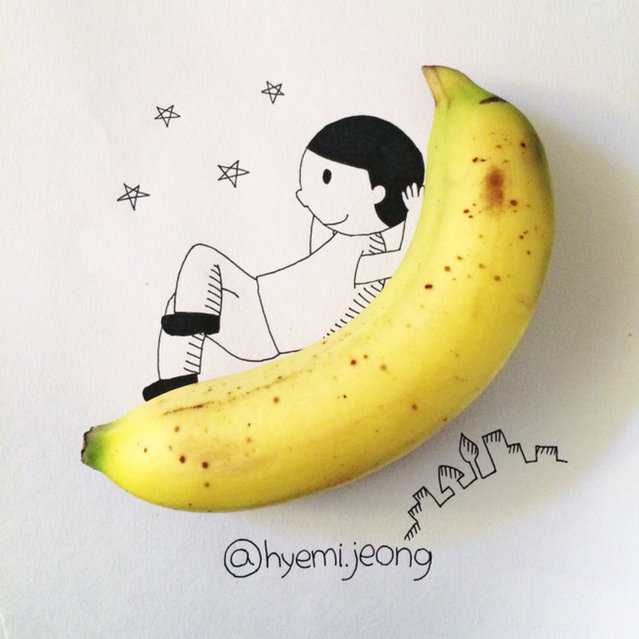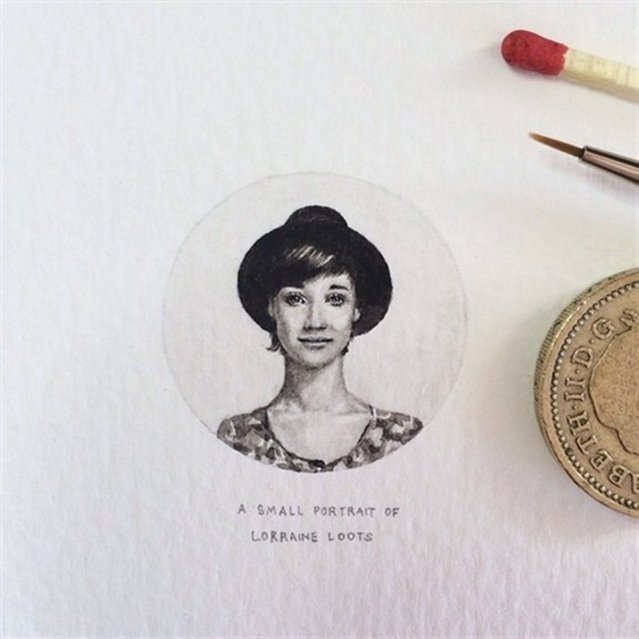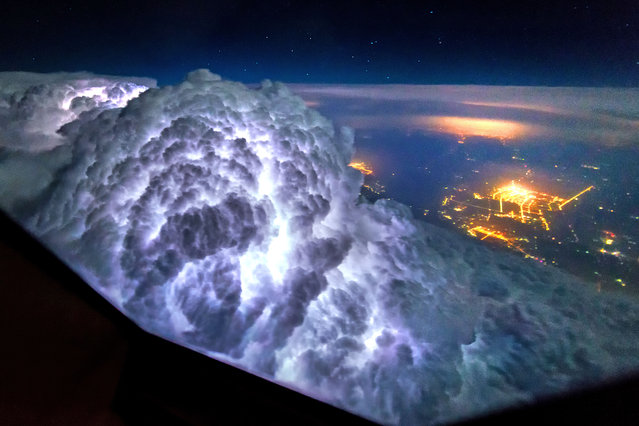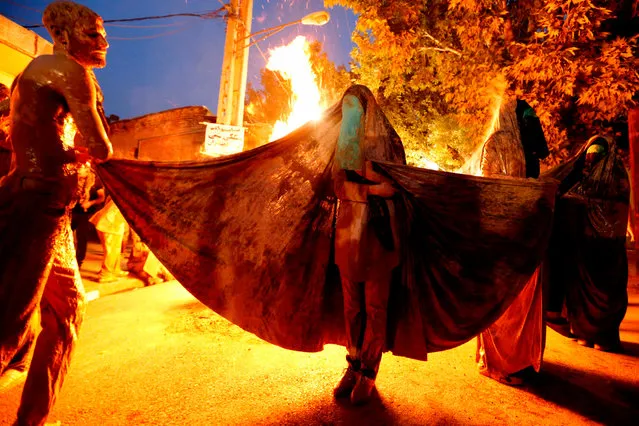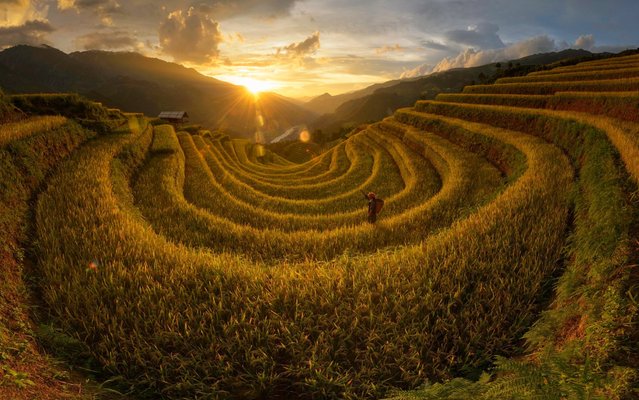
John Wilhelm is a photographer and family man from Switzerland. For him the most important thing after the family is the photography. The images that you are viewing in this post, are some of the John Wilhelm's creative photos that he took from his family and using the photo manipulation technique, he was able to create amazing artworks.
See Also: Part 1 _ Part 2
10 Sep 2014 10:00:00,post received
0 comments

